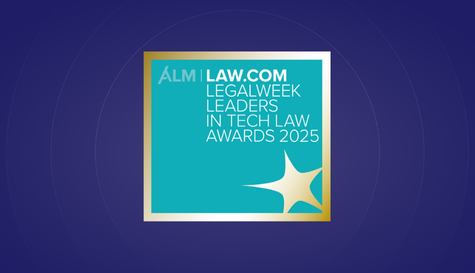Prevention is Possible, but You Must Be Proactive
The best ways to mitigate the risks of Shadow AI are through strict governance, vendor review, and continuous security oversight. Don’t wait for a major AI breach to make headlines before putting a plan in place.
Risk Assessment & Due Diligence
CISOs and CIOs must ensure that any Gen AI tool being used in their organization is rigorously evaluated, tested, and vetted according to cybersecurity best practices. This begins with due diligence. Organizations must thoroughly assess the cybersecurity protocols, encryption standards, and API security of any AI vendor before adoption to prevent unauthorized access. Without proper vetting, companies may be unknowingly exposing themselves to security flaws that can lead to devasting breaches. This isn’t a one-time measure, a Third-Party Risk Assessment (TPRA) should be updated and reviewed annually to ensure these tools are regularly evaluated.
Data Governance in the Age of AI
Once AI tools are approved, organizations must clearly establish, or renew, their data governance policies that regulate how these tools are used, what data they can access, and which employees have permission to use them. Regular audits should be conducted to ensure that security settings are up to date and access controls are properly enforced. Continuous tracking and monitoring usage is also critical so teams can immediately be aware of any unauthorized or suspicious activity.
Employee Training
Employee training is essential to protect the organization. Employees must be educated with the latest best practices, including the dangers of Shadow AI and the importance of using only approved tools in an approved manner. Conducting regular cybersecurity trainings that emphasize AI-specific practices like refraining from inputting sensitive data into tools to prevent employee missteps.
Clear Ownership
Organizations must define clear ownership over AI security and the data stored by it. Identifying custodians and data ownership at the start of an engagement with AI solutions provide clarity and establish accountability in the event of an incident. In addition, companies must implement a robust data government framework to ensure compliance with regulations like GDPR and HIPPA and develop a comprehensive cybersecurity checklist that includes encryption methods, access controls, and data backup strategies.
When a Breach Happens Be Ready to Respond
Despite best efforts, breaches of AI tools are inevitable. When an incident occurs, organizations must act quicky to understand what has been compromised and minimize damages. Build an incident response plan that addresses AI-specific attack potential and conduct regular tabletop exercises to test the effectiveness of the plan and identify any weaknesses or gaps.
The ability to analyze the impact of a breach quickly is critical and can be the difference between a minor or a full-scale attack. It is expected that incidents where GenAI tools are compromised by a threat actor will involve massive amounts of data. Common practice for utilizing GenAI, a chatbot for example that assists in business workflows, likely involves users inputting vast amount of data across various formats, storage locations, and languages. If that chatbot stored all the information the users input during their work, it is a threat actor’s treasure trove. Conducting incident response to identify the potentially compromised data in a hack of that nature is a behemoth.
Traditional manual review methods are not feasible in these scenarios. Organizations need a reliable automated data mining partner that takes a highly specialized approach to rapidly assess the compromised data, identify the sensitive information, and support compliance reporting. Establishing this partnership before a breach occurs ensures a swift and effective response that minimizes financial, legal, and reputational damage.
Be Prepared or Pay the Price
AI-enabled tools are here to stay, and they’ll continue to be embedded in every aspect of business operations. While AI delivers unmatched efficiency and innovation, it also creates significant security risks.
CISOs and CIOs must take control of AI cybersecurity now. This means rigorously vetting AI tools, enforcing strong governance policies, training employees, and preparing for breaches. Unchecked AI adoption is not a slight oversight – it’s a massive liability.
In a crisis, organizations without a robust strategy will struggle to contain the damage, while those that prepared in advance with clear response plans and automated data mining solutions will be in a position to mitigate the fallout.
Will your organization be ready?






